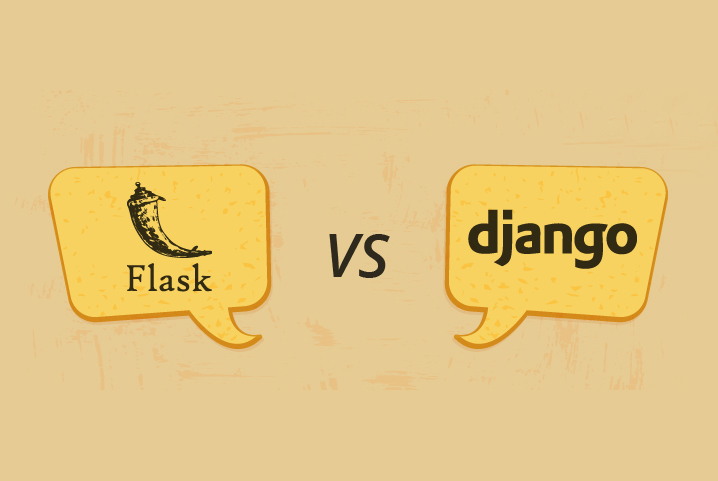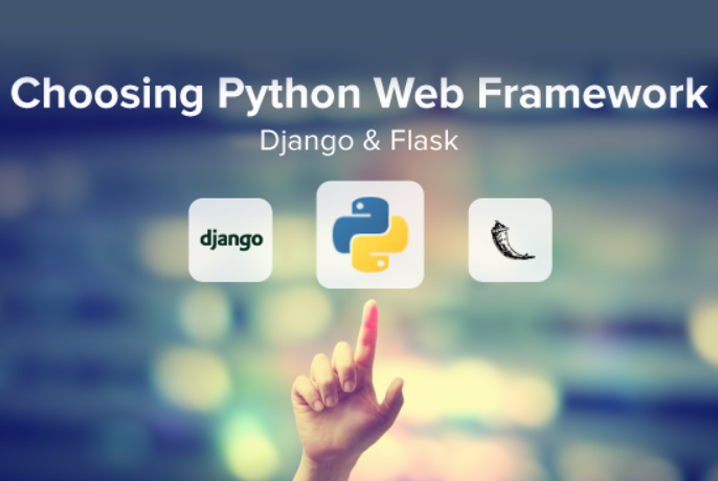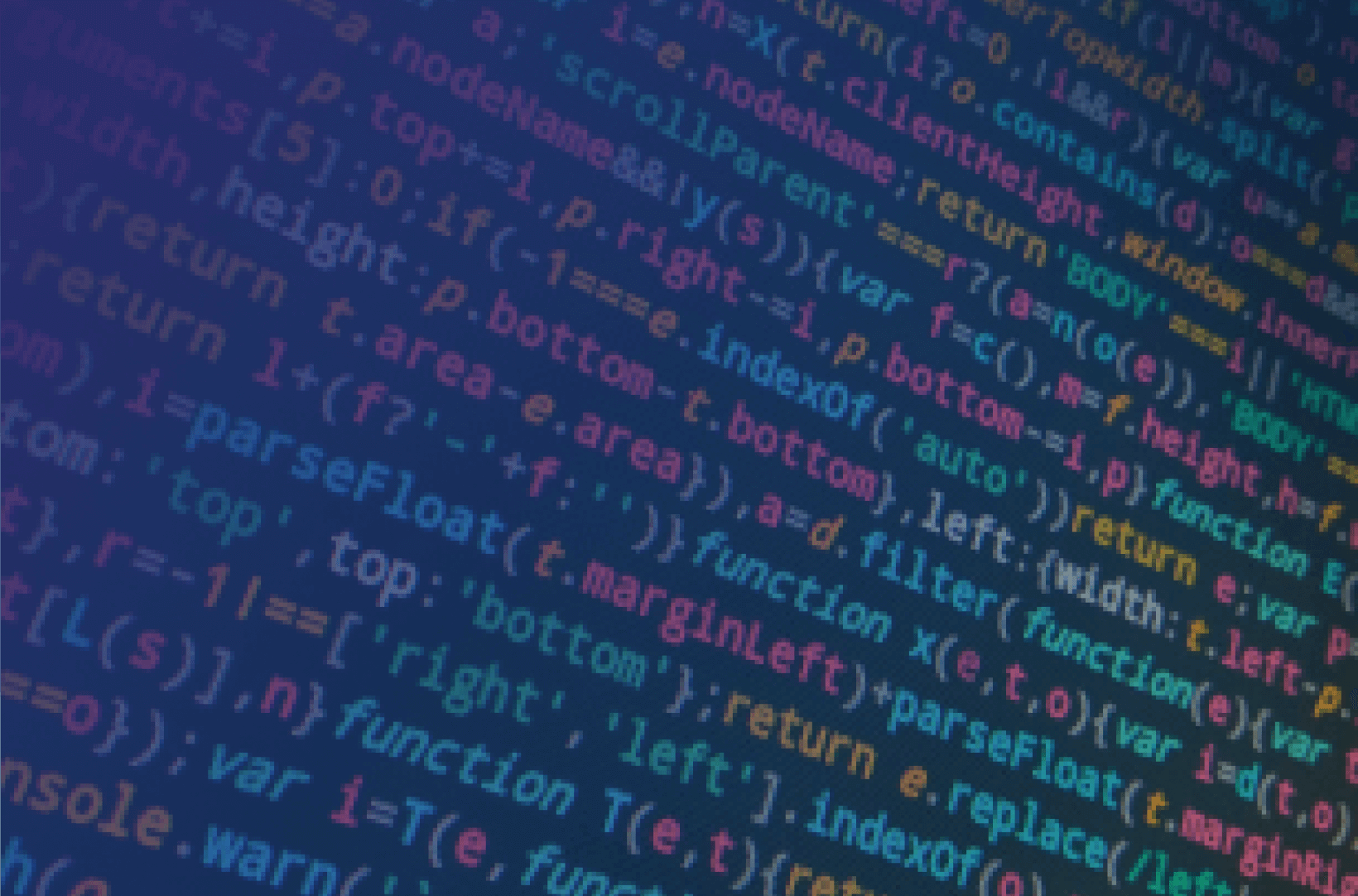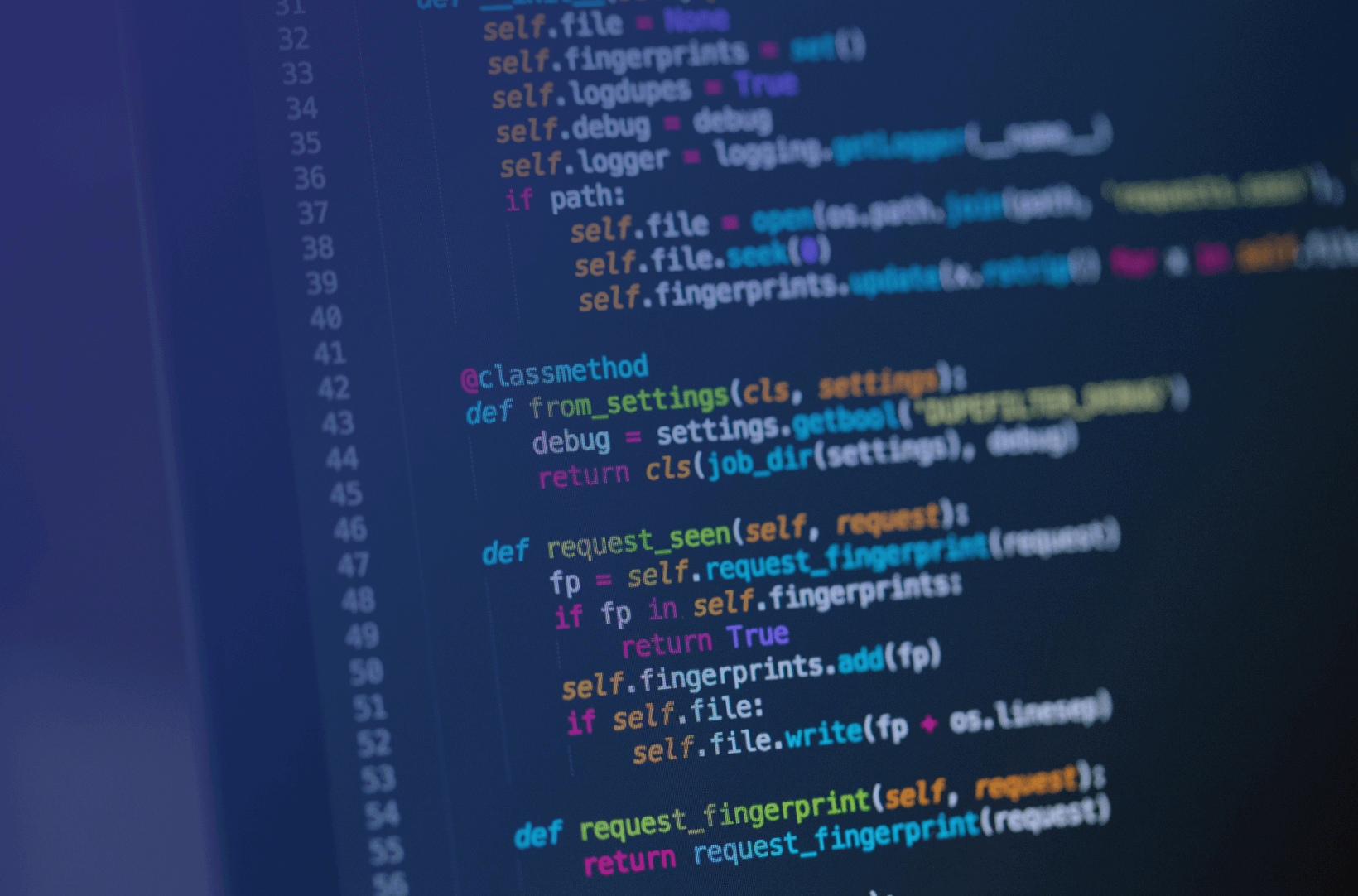For those who don’t know what RESTful API’s are, here is a real-world scenario. Let’s assume you have a hotel booking website hosted on a web server where every business logic and database resides. Your web server is the place where the REST web services run. REST stands for Representational State Transfer. A REST API is a standardized architecture for utilizing HTTP methods to make requests over a network. In layman’s term, REST APIs ensure that a website can communicate (send and receive information) effectively and seamlessly over a network.
Your visitors would access the website through web browsers. User activities on the website would entail the following:
- Searching through the list of hotels.
- Selecting the ones that they like.
- Comparing prices and other preferences.
- Select the best option.
- Confirm booking through payment.
These are just some common scenarios of the customer journey in a website. The scenarios may vary depending on the business type. RESTful APIs ensure that data requests are confirmed seamlessly over a network using HTTP (PUT, POST, GET, DELETE, and HEAD) methods. In addition to this, RESTful APIs also use minimum bandwidth, making them ideal for internet usage.
RESTful
As mentioned, REST stands for Representational State Transfer. In simple terms, it is an architecture that sets the protocol for communication between two or more computers, communication between computers and applications over a network. REST clearly outlines key HTTP operations that an application must be able to satisfy all of the CRUD (create, read, update, delete) requirements.
APIs
API is an acronym for Application-Programmer Interface. These are a set of functions, objects, and methods which programmers use to interact with a particular technology, without going into details about the internal implementations.
RESTful + APIs
RESTful API is a kind of Application-Programmer Interface for communicating with an application within a network.
Django Vs Flask
Both Django and Flask are Python-based frameworks for creating web-based applications. Both frameworks are equally popular and have a dedicated and mature community of supporters. The end goal of both the frameworks is the same, but the approach varies significantly, and each approach has its own best use cases. To determine which framework is better, it is important to compare them against multiple parameters.

1. Database
Django supports many important relational databases like SQLite, PostgreSQL, MySQL, and Oracle by default. This is not the case with Flask. However, Flask comes with no out-of-the-box support for the database. But it does have plenty of libraries and extensions to offer developers the freedom to choose the one that fits best with their application.
2. Authentication and Authorization
Django offers auth functionality by default and also supports account management. In Flask, one has to use an extension like Flask-Login, Flask-Principal, and Flask-Security for account management, authentication, and authorization.
3. Admin
Django has a functional admin panel which makes it easy to perform CRUD operations. Flask, on the other hand, again depends on Flask-Admin extensions for data management.
4. Forms
Django comes integrated with Forms for input handling and client and server-side validation. Flask does not support any forms by default.
5. Reusable Components
Django has a framework of an app while Flask offers just blueprints. While the former is more complex, the complexity is compensated with ease of use and consistent project structure.
6. Templates and Static Files
Both frameworks come equipped with similar template engines for injecting information from the backend. In the case of static files, Django boasts of better commands for collecting and storing static files.
7. Testing
Both frameworks are ideal for unit testing and use Python’s unit-test framework. This means, there is no difference in the parameter of testing.
8. Security and Flexibility
In terms of security, Django comes packed with built-in protection against common attacks like CSRF, XSS, and SQL injection. On the other hand, Flask has no built-in security functions. It is overly dependent on extensions. However, built-in-functions do not mean that Django is more secure than Flask. It only means that with Django, you have default protection against some common security pitfalls.
In terms of flexibility, Flask overshadows Django by a fair margin. It is primarily extension based, which means developers have freedom in decision making. But this can also mean greater deployment time as teams may be required to make a lot more decisions.
Which one is Better for Creating RESTful APIs?

Flask is more of a library than a framework. It is lightweight and offers more freedom. However, it doesn’t solve any particular problems by design. Users will have to use libraries and work around them for solutions. If you want a REST API, without UI; Flask is a better option. However, Django is ideal for applications that must be secure by design. It is very responsive and protects critical business data against new threats and vulnerabilities.
PSI is a leading software development company, which offers such services. Irrespective of the business complexities, we ensure business applications work seamlessly for uninterrupted user experience. Our experience and expertise in Python frameworks help us deliver scalable solutions that safe and secure from deliberate as well as unintended threats.









